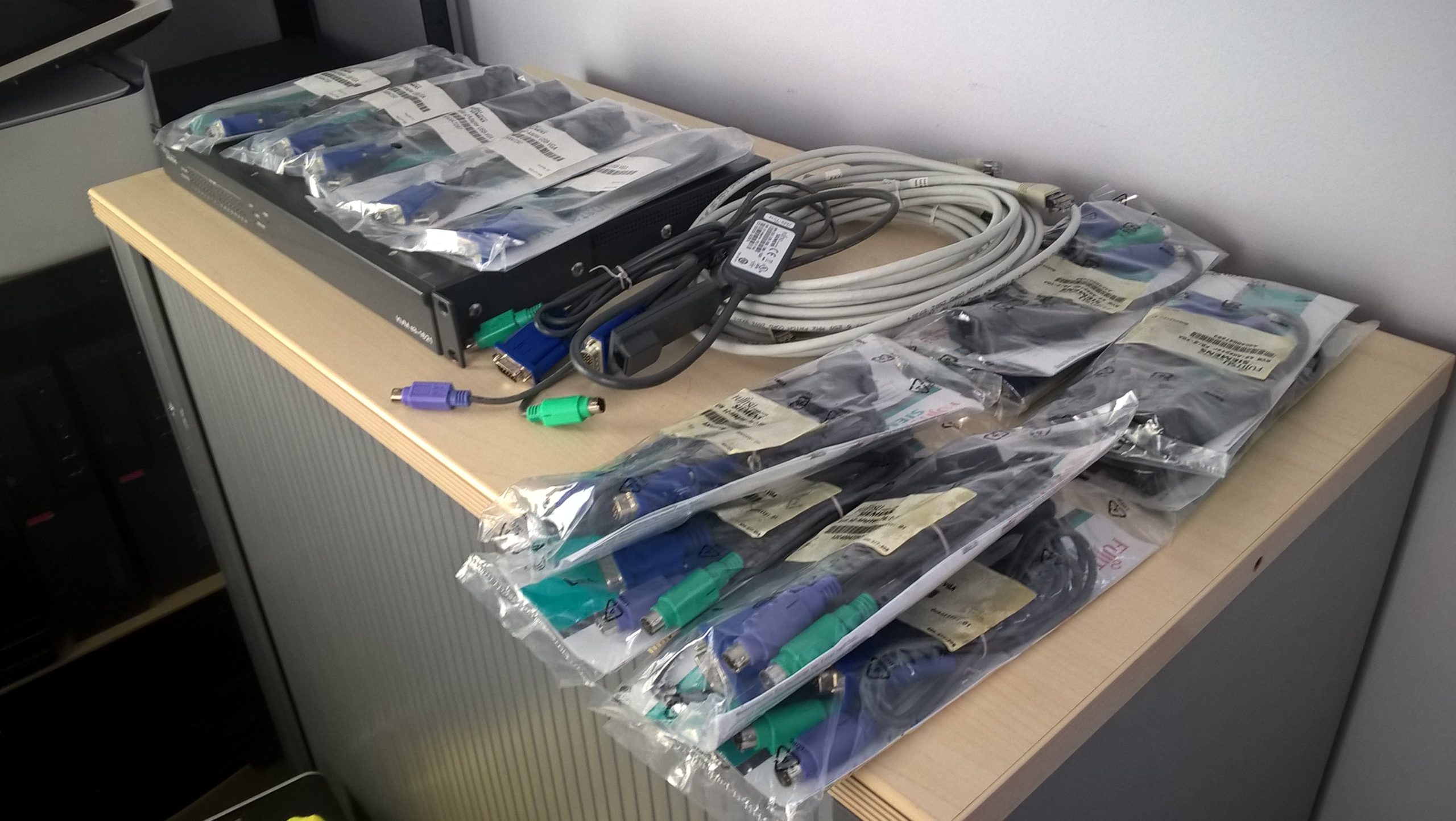Understanding Slow File Movement on External Hard Drives: Troubleshooting and Solutions
External hard drives are vital tools for data storage and management, offering convenient access to large files and backups. However, users may encounter odd performance issues, such as sluggish file movements despite normal transfer speeds during copying. If you’re experiencing a situation where copying files to or within your external drive is smooth, but moving or relocating files takes an unexpectedly long time, this article aims to help you diagnose and resolve the issue.
Common Symptoms:
– Fast initial transfer when copying files into the drive.
– Quick copy and paste operations within the drive.
– Slow or unresponsive file moving or cutting and pasting actions, especially with larger files like videos or photos.
– The transfer window appears to hang or stall during move operations, sometimes taking several minutes to relocate less than 1GB.
Understanding the Cause:
The divergence in transfer performance can be perplexing. Since your drive can handle copying without issues, the problem may not be hardware failure entirely but could stem from several factors:
– File system fragmentation
– Drive health and SMART status
– Connection interfaces (USB ports and cables)
– Software or driver issues
– External factors such as background processes
Step-by-Step Troubleshooting:
- Check Drive Health
Begin by assessing the physical health of your external drive: - For Windows, use built-in tools like CHKDSK:
- Open Command Prompt as Administrator.
- Run
chkdsk /f /r X:(replace X with your drive letter). - For macOS, use Disk Utility:
- Launch Disk Utility.
-
Select your external drive and click “First Aid” to verify and repair potential issues.
Additionally, consider using drive health monitoring tools compatible with your OS to check SMART data. -
Examine Drive Fragmentation
Fragmentation can cause slow move operations within the drive: - On Windows, run Disk Defragmenter:
- Search for “Defragment and Optimize Drives.”
-
Analyze and optimize your external drive.
Note: For SSDs, defragmentation is generally unnecessary and should be avoided. -
Verify Connection and Cables
Poor or faulty connections can introduce bottlenecks: - Switch USB cables to high-quality, data-appropriate options.
- Try different USB ports, preferably directly connected to your computer rather than through hubs.
-
If using USB 3.x, ensure your ports and cables support high-speed transfers.
-
Update Drivers and Firmware
Share this content:

